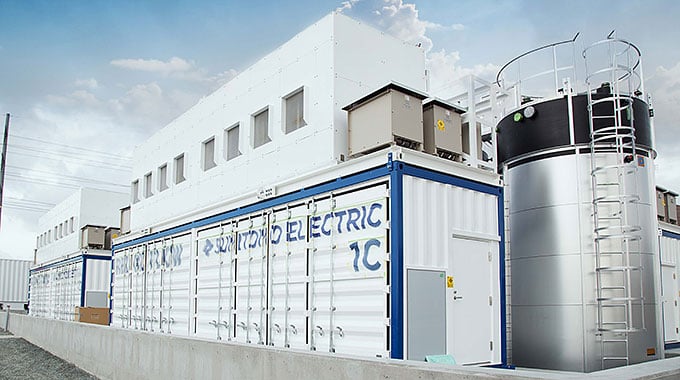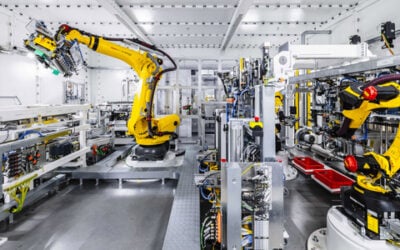
Massachusetts sets low bar on ‘historic’ clean peak policy
A new ‘Clean Peak’ is being introduced in Massachusetts, although the first iteration of the standard appears to acknowledge that the switch to clean energy is a transitional process – setting the standard at 0%.
The policy was warmly welcomed by industry and experts when first floated and then introduced. The idea is that clean energy inputted to the grid at peak times, when energy is most expensive and in highest demand, is valued higher than polluting fossil fuel energy.
Enjoy 12 months of exclusive analysis
- Regular insight and analysis of the industry’s biggest developments
- In-depth interviews with the industry’s leading figures
- Annual digital subscription to the PV Tech Power journal
- Discounts on Solar Media’s portfolio of events, in-person and virtual
The 2019 Clean Peak Minimum Standard, which came into effect at the start of this year, however, comes with the caveat that the “Massachusetts Peak Energy Standard is currently under development” from the Department of Energy and Resources (DOER).
With that in mind, while further workings of the policy will stipulate a baseline minimum percentage of electricity sales in kilowatt-hours to end customers that must be “met with clean peak certificates”, the first established baseline is set at 0% for the 2019 compliance year.
“After reviewing available information, the statutory definition of clean peak resources, and a number of other factors, DOER determined that approximately 0 MWh were being served by existing clean peak resources during peak load hours as of December 31, 2018, and established the Minimum Standard percentage requirement for retail electricity suppliers in the 2019 compliance year at 0%,” DOER documents stated.
Tesla has broken ground on its latest ‘Gigafactory’ in Shanghai
Elon Musk tweeted on 7 January that the Silicon Valley EV company, which also took over SolarCity and manufactures the Powerwall and Powerpack was about to break ground on the “Tesla Shanghai Gigafactory”.
Also dubbed ‘Gigafactory 3’, Musk further tweeted that the facility will be used to produce “affordable versions” of Tesla’s Model 3 and Model Y EVs, adding that Model S and Model X, as well as higher costs versions of the Models 3 and Y would continue to be produced in the US, including those bound for China.
Musk and Tesla appear to be targeting an aggressive timeline to get the factory up and running, with the former CEO later tweeting that Model 3 production could begin in Shanghai by the end of this year.
Sumitomo puts flow batteries into CA wholesale market
Vanadium redox flow batteries manufactured by Japan’s Sumitomo Electric have entered the wholesale electricity market in the US.
During the winter break period in December, the Japanese company, in partnership with the country’s national New Energy and Industrial Technology Development Organisation (NEDO), stated that it “will connect a 2MW / 8MWh stationary storage redox flow battery to the wholesale power market in California, USA”.
The battery storage system will provide frequency regulation as well as trade-based energy supply applications. While wholesale market opportunities are limited for energy storage facilities in general, California network operator CAISO runs its own wholesale market based on day-ahead and real-time trading, ancillary services, congestion revenue rights and convergence bidding.
Looking ahead, many commentators are agreed that FERC Order 841, a federal-level ruling in the US instructing transmission network operators to allow energy storage to widely participate in wholesale markets, will have a transformative impact on the industry.
NEDO signed a memorandum of understanding with California’s Governor’s Office of Business and Economic Development in 2015 to investigate the positive impact of energy storage on modelling low carbon electricity networks in the state. From that, the flow battery project began as a pilot in 2017 in the service area of utility SDG&E, involving Sumitomo Electric, which is also behind one of the biggest flow battery projects in the world to date, a 60MWh system in Japan.






